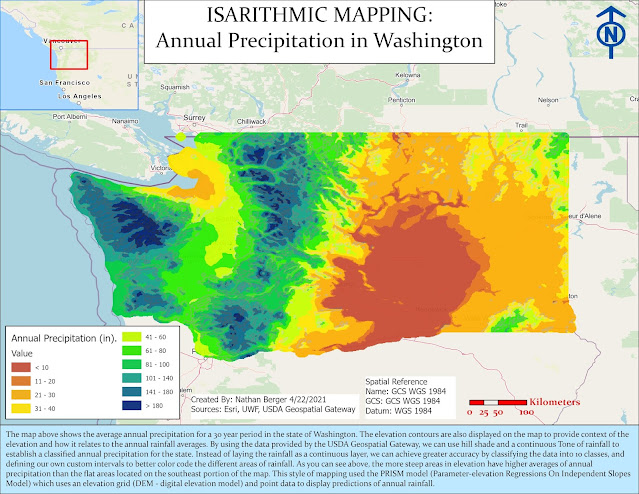Bobwhite-Manatee Project: Intro to GIS 11418 GIS5050 Final Project
Laying a Transmission Line in Southwest Florida
A transmission line must be constructed and installed between the Manatee and Sarasota Counties, located in southwestern Florida. This project's objective is to provide electricity to the community east of I-75 for residential and commercial use. Depicted below is a cartographic model to solve this complex problem.
The Transmission Line product Deliverables
For the first part of this project, the homes that are within proximity of the preferred corridor were identified. A 400 Ft. buffer range outside of the transmission line corridor was used with the buffer tool. Aerial imagery was utilized to identify homes within the corridor or within the buffer ring, which are depicted below in red and orange. Spatial analysis was conducted with a clip tool to verify which land parcels fell within the proximity of the preferred corridor. The clipping feature used was the preferred corridor and the input layer was the Manatee County parcels and Sarasota County parcels that fell within the study area.
Step 2 identifies schools and daycares that would be affected by this project. Data was download from FGDL, in order to dispaly the point layer of schools and daycares located within the study area of the project. The the clip tool was used to section out the schools and daycares that fell within the study area, and the proximity of the preferred corridor. This includes a 400 Ft. buffer range. The closest daycare facility (Harvest United Methodist Church) located at 82°23'47"W 27°23'32"N is approximately 635 meters away from the preferred corridor. The closest school (Robert Willis Elementary School) is located at 82°23'35"W 27°23'54"N approximately 1,215 meters away from the preferred corridor. No schools or daycares fall within the proximity of the corridor. The intersect tool was used to determine if the schools layer or the daycares layer intersected the proximity 400 Ft. buffer around the corridor. The resulting feature classes had no data in their attribute table, meaning there are no schools or daycares that are located within proximity of the preferred corridor.
Final Results Bobwhite Manatee Project
The number of homes affected by the Transmission Line: 53
The number of parcels (land owners) affected by the Transmission Line: 255
The number of schools affected by the Transmission Line: 0
The number of daycares affected by the Transmission Line: 0
The % of wetlands affected by the Transmission Line: 0.95%
The % of uplands affected by the Transmission Line: 5.64%
The % of environmentally protected conservation lands affected by the Transmission Line: 0.23%
The length of the Transmission Line: 25.4 miles
The overall costs of the Transition Line: $83,820,000
After analyzing these results, the preferred corridor is safe, efficient, and affects very few homeowners. Approximately 255 land parcels will be within the proximity of the preferred corridor. There are significant low percentages of total land being affected from the transmission line. Therefore, local ecosystems, wildlife, and Florida citizens should not be greatly influenced. The project should have a low risk to the environment, low risk to the population, low risk to the community, and preserve as much protected land as possible.









Comments
Post a Comment